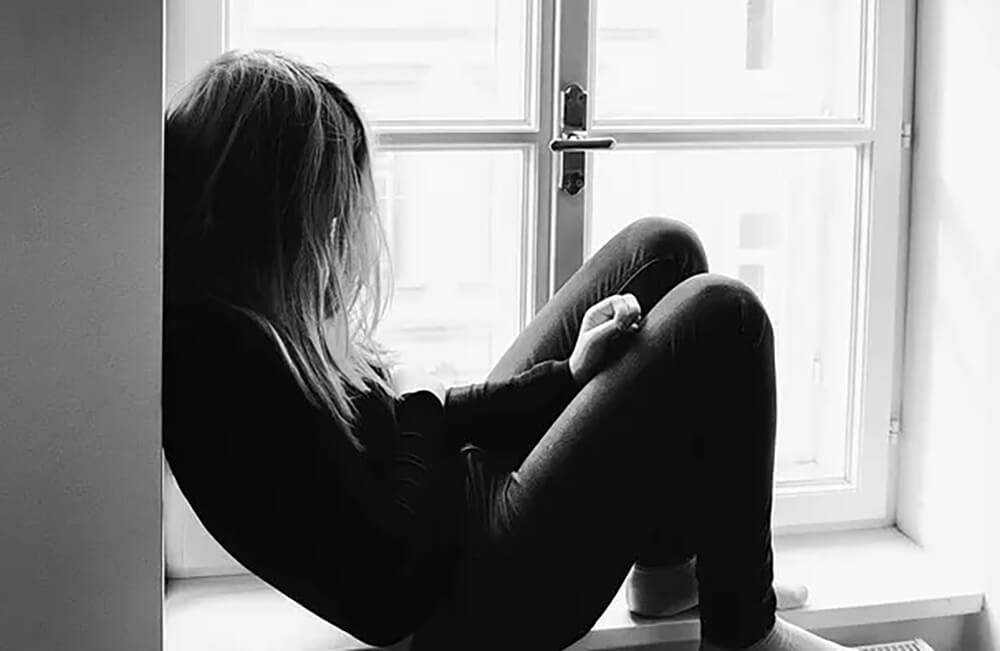An interdisciplinary approach to cope with depression and anxiety.
Mental health professionals often use medications and talk therapy as gold standards for interventions. Research also focuses on therapy and medications, giving them the stamp of “FDA approved” and “evidence-based.” Unfortunately, this rather narrow approach to a myriad of mental health struggles keeps clients in the traditional treatment box and dissuades us from utilizing a holistic interdisciplinary approach for perhaps far more effective outcomes.
The statistics on the mental health of college students are frightening:
“Today, suicide is the second-most leading cause of death among college students. The incidents of suicide in college students and young adults have increased in the decades gone by.”
“Depression impedes the normal functioning of 45.1 percent of the students.”
“Overwhelming levels of anxiety are experienced by almost 66 percent of college students.”
“80 percent of college students experience considerable amounts of stress.”
“More than 50 percent of college students find academics traumatic.”
“1 in 4 college students has a mental illness.”
“About 50 percent of students reported that their college didn’t know about their mental illness.”
“A more disturbing fact is that many students do not get medical help to deal with depression.”
For youth, the statistics are equally alarming:
- Depression and anxiety doubled during the pandemic, with 25 percent of youth experiencing depression and 20 percent experiencing anxiety.
- In 2021, emergency visits for suicide attempts were 51 percent higher for teen girls and 4 percent higher for teen boys compared to 2019.
- Over 15 percent of youth have experienced a major depressive episode last year.
- More than 60 percent of youth with major depression do not receive any mental health treatment. That is nearly 1 in 3 youth who do not receive care.
As the rates of depression and anxiety soar amongst teens and college students, the waitlists for psychiatrists and psychologists continue to grow. Instead of waiting helplessly for months on end, it is imperative that we expand our support for families by thinking outside the box and offering additional types of therapies for coping, resilience, hope, and healing.
Additional types of therapies to consider:
- Neurofeedback (19 sensor, FDA approved)
- Equine-Assisted Psychotherapy
- Expressive Arts Therapy
- Somatic Therapy
- Vocational/College Counseling
- Educational Therapy
- Behavioral Interventions (at home and in school)
- Mindfulness
- Sleep Training
- Physical Training
- Transmagnetic Stimulation (TMS)
- Nutritional Counseling
- Social Groups
As the world continues to reel in various crises, teens and college students are struggling with serious mental health issues. Thinking outside the box and engaging in different types of interventions from an interdisciplinary perspective may be the best next step to support and stabilize our youth.
